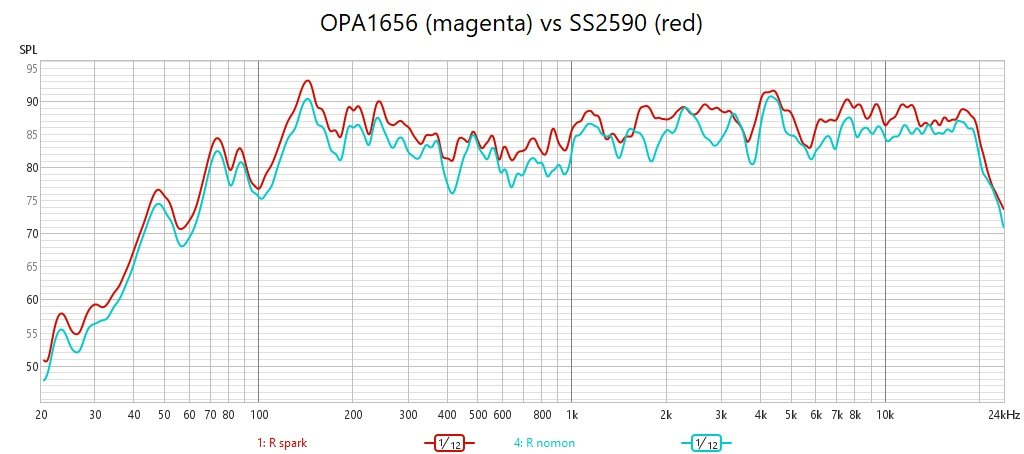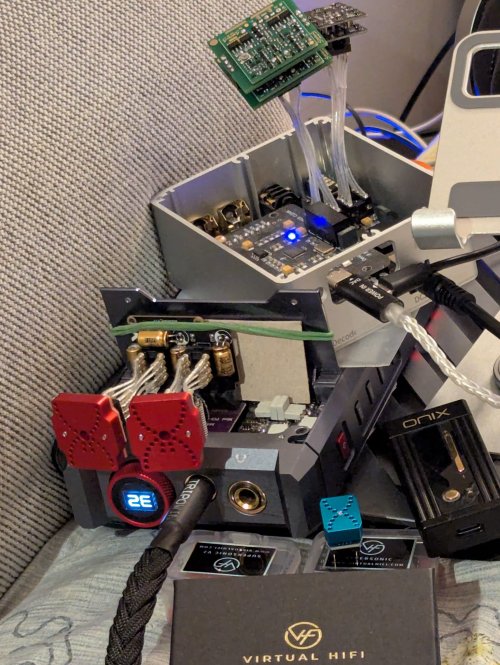HeyManslowdown97
500+ Head-Fier
By newer I meant...newer, because OPA1612 is a newer design then let's say NE5532 or even LM4562. OPA1612 is one the most low-noise opamps ever built, so totally recommended for unity-gain stages (LPF or output stage of a DAC, but also I/V stage too).
You should be able to find single-to-dual DIP8 adapters for mounting 2xAD797 on a DIP8 socket.
In your experience with the Opa1612 how stable is it with high frequency application in a DAC that tends to run sharp in the tremble? I.e. DSD DAC
I also need to use Low impedence caps with high current ripple as what the DAC calls for. You have any recommendations in the 500mA range Low Impedance Cap to power the opa1612 at 3.6mA per channel (chip) and beyond?!
Will try to fit adapters if I can use the AD797 as well! thanks for rec’s!
It does sound like the Opa1612 is ideal for what I need it for! I can always add the AD797 in the output stage

Last edited:






















